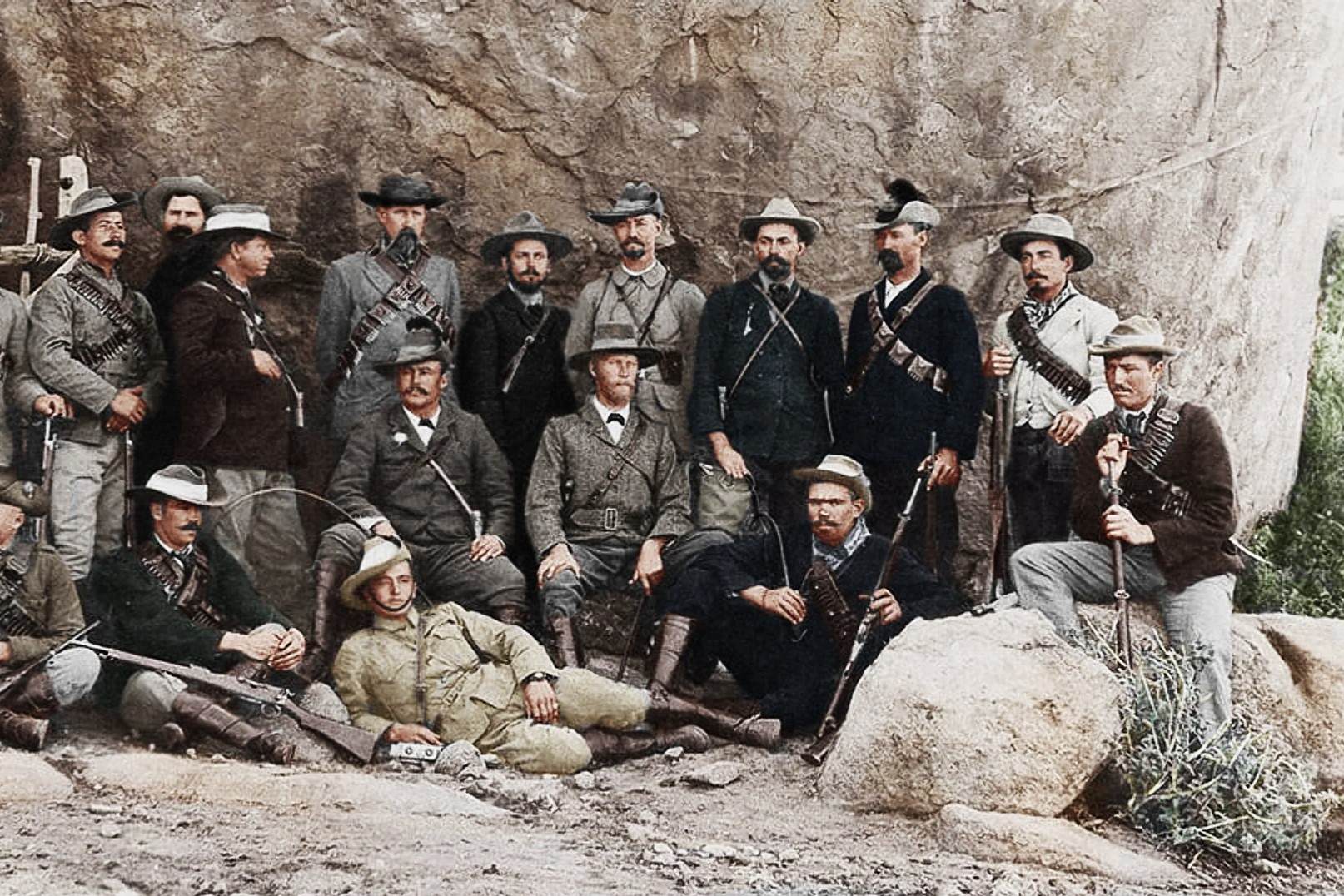
What was the Slachter's Nek Rebellion? The Slachter's Nek Rebellion was a significant uprising in 1815 in the Eastern Cape of South Africa. Discontented Boer settlers, frustrated by British colonial rule, clashed with authorities over land rights and governance. This rebellion, though ultimately unsuccessful, highlighted deep-seated tensions between settlers and the British administration. The conflict culminated in the execution of five rebels, a moment etched in South African history. Understanding this rebellion provides insight into the early resistance against colonial rule and the complex dynamics of South African history. Dive into these 25 facts to grasp the full scope of this pivotal event.
Key Takeaways:
- The Slachter's Nek Rebellion was a significant event in South African history, where Boer settlers rebelled against British rule due to land disputes and legal authority, leading to a tragic and dramatic conclusion.
- The rebellion had a lasting impact, highlighting tensions between Boer settlers and British authorities, and is remembered through books, memorials, and as part of South African history curriculum.
The Slachter's Nek Rebellion: An Overview
The Slachter's Nek Rebellion was a significant event in South African history. It took place in 1815 and involved a group of Boer settlers who rebelled against British colonial rule. This rebellion is remembered for its dramatic and tragic conclusion.
-
The rebellion occurred in the Eastern Cape region of South Africa.
-
It was primarily led by a farmer named Frederik Bezuidenhout.
-
The conflict began due to disputes over land and British legal authority.
-
Frederik Bezuidenhout was killed by British soldiers, sparking further unrest.
Key Figures in the Rebellion
Several individuals played crucial roles in the Slachter's Nek Rebellion. Their actions and decisions significantly influenced the course of events.
-
Frederik Bezuidenhout's brother, Hans Bezuidenhout, continued the resistance after Frederik's death.
-
Jan Bezuidenhout, another brother, also participated in the rebellion.
-
The British commander, Colonel Jacob Cuyler, was responsible for suppressing the uprising.
-
Piet Retief, a prominent Boer leader, later became a symbol of resistance against British rule.
The Course of the Rebellion
The rebellion unfolded over several months, with various skirmishes and confrontations between the Boers and British forces.
-
The initial conflict began in October 1815.
-
The Boers initially gathered at Slachter's Nek, a remote area in the Eastern Cape.
-
British forces quickly moved to suppress the rebellion, leading to several clashes.
-
The Boers were poorly armed and outnumbered, making it difficult for them to sustain their resistance.
The Tragic Conclusion
The Slachter's Nek Rebellion ended in a dramatic and tragic manner, leaving a lasting impact on South African history.
-
The rebellion was effectively crushed by December 1815.
-
Five Boer leaders were captured and sentenced to death by hanging.
-
The execution took place on March 9, 1816, at Van Aardtspos.
-
The hanging was botched, leading to a gruesome and prolonged death for the condemned men.
The Aftermath and Legacy
The Slachter's Nek Rebellion had significant consequences for both the Boer settlers and British colonial authorities. Its legacy continues to be remembered in South African history.
-
The rebellion highlighted the deep-seated tensions between Boer settlers and British authorities.
-
It led to increased British efforts to assert control over the Eastern Cape region.
-
The rebellion became a symbol of Boer resistance and determination to maintain their way of life.
-
The tragic execution of the Boer leaders fueled further resentment against British rule.
Cultural and Historical Impact
The Slachter's Nek Rebellion has been remembered and commemorated in various ways, reflecting its enduring significance in South African history.
-
The rebellion has been the subject of numerous books, articles, and academic studies.
-
It is often cited as an early example of resistance against colonial rule in South Africa.
-
Monuments and memorials have been erected to honor the memory of the Boer leaders who were executed.
-
The rebellion is taught in South African schools as part of the country's history curriculum.
-
The events of Slachter's Nek continue to be a topic of discussion and debate among historians and scholars.
The Legacy of Slachter's Nek Rebellion
The Slachter's Nek Rebellion of 1815 remains a significant event in South African history. It highlighted the tensions between the Boers and the British colonial government. The rebellion's brutal suppression and the execution of its leaders left a lasting impact on the Afrikaner community. This event fueled a sense of injustice and resistance that would echo through the years, influencing future generations.
Understanding the rebellion helps us grasp the complexities of South Africa's colonial past. It also sheds light on the roots of Afrikaner nationalism. The rebellion's legacy is a reminder of the struggles for autonomy and justice faced by many communities under colonial rule.
By learning about events like the Slachter's Nek Rebellion, we gain a deeper appreciation for the resilience and determination of those who fought for their beliefs. This historical insight enriches our understanding of the diverse narratives that shape our world.
Frequently Asked Questions
Was this page helpful?
Our commitment to delivering trustworthy and engaging content is at the heart of what we do. Each fact on our site is contributed by real users like you, bringing a wealth of diverse insights and information. To ensure the highest standards of accuracy and reliability, our dedicated editors meticulously review each submission. This process guarantees that the facts we share are not only fascinating but also credible. Trust in our commitment to quality and authenticity as you explore and learn with us.
